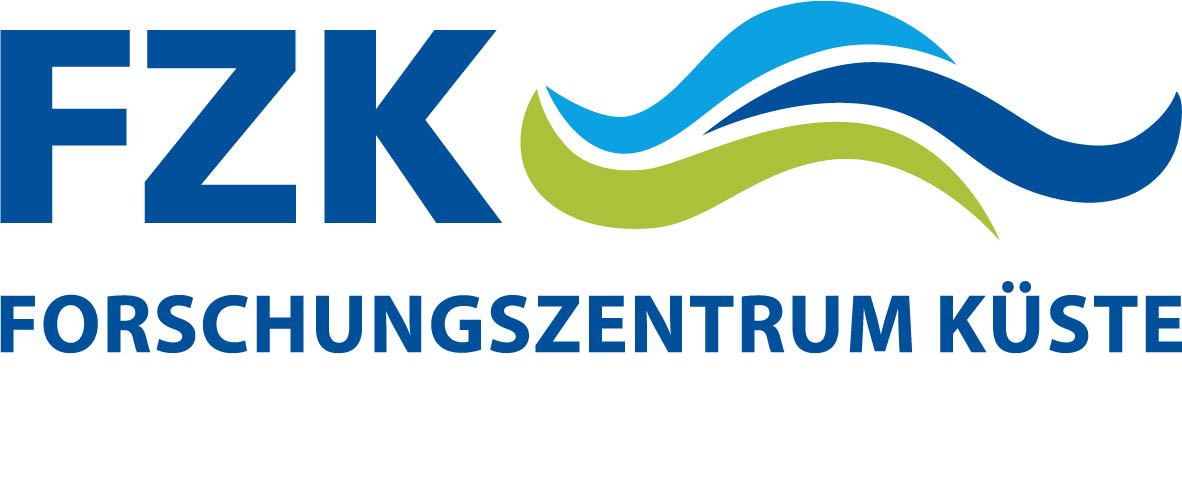Objectives
The „DFG Round Table Discussion" gathers researchers from coastal hydrodynamics and engineering as wel as from geosciences. The major goal is to identify knowledge gaps and modelling weaknesses related to near- and onshore tsunami effects. This includes
- the implications for priority research needs,
- a brief report on completed, ongoing and planned projects, which might substantially contribute to close the present knowledge gaps and to improve present near- and onshore tsunami modelling,
- identifying priority research topics, which are candidates for possible common research projects jointly supported by the Deutsche Forschungsgemeinschaft (DFG) and the National Science Foundation (NSF) (see note below).
The main outcomes expected from the "DFG Round Table Discussion" are (i) to define the mechanisms and procedures for exchanging the results of completed, ongoing and future related research projects between German and US researchers (see note below) and (ii) to specify possible joint research projects related to the following topics:
- Nearshore Tsunami Effects and Modelling, including the interaction with sediments and natural barriers, such as coral reefs, sand banks, foreshore, etc., as well as with man-made barriers, such as artificial reefs, groins, breakwaters, etc.
- Onshore Tsunami Effects and Modelling, including the interaction with sediments and natural barriers, such as beach faces, dunes, forest vegetations, etc. as well as with man-made structures, such as sea walls, reinforced dunes, buildings and infrastructures.
- Floating debris modelling, including the subsequent impact on people, buildings, and infrastructures, might also represent an important yet unsolved issue.
Further topics might be related to the occurrence probability of extreme tsunamis, which is required in any elaboration of probabilistic tsunami hazard maps as well as in any structural design. In this respect, the use of historic and prehistoric tsunami deposits together with hydro- and morphodynamic "calibration" would be very valuable.
The possibility to elaborate a "Joint Data Base" for model validation and benchmark tests, including the agreement of standard procedures, might also be explored during this meeting. The same applies for the possibility for a joint use of unique experimental facilities, such as the Large Wave Flume (GWK) in Hannover and the Tsunami Wave tank in Oregon by the Tsunami Research Community.
More information can be found in the Background Paper.
Note: The round table was initially planned as a "German-US" meeting to foster fundamental research which is commonly supported by DFG in Germany and NSF in USA. At a latter stage it turned out that it was extremely important to also include some contributions from Japan and Southeast Asia and to also possibly consider applied research which might be supported by other organisations.






